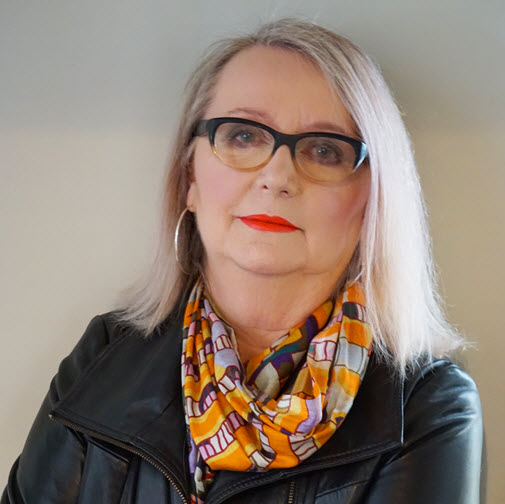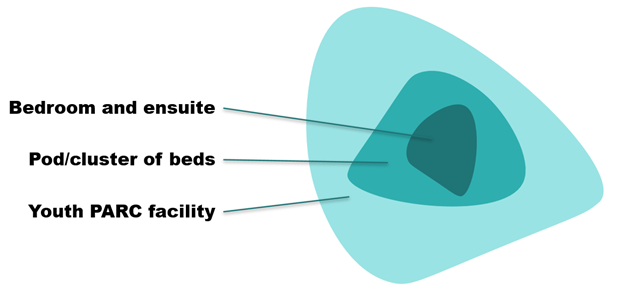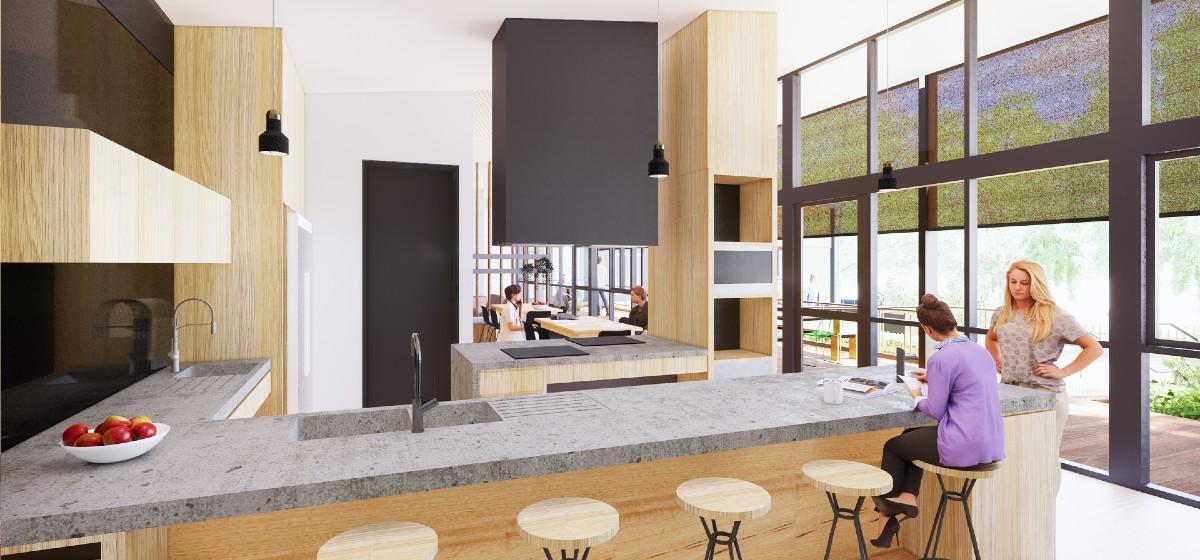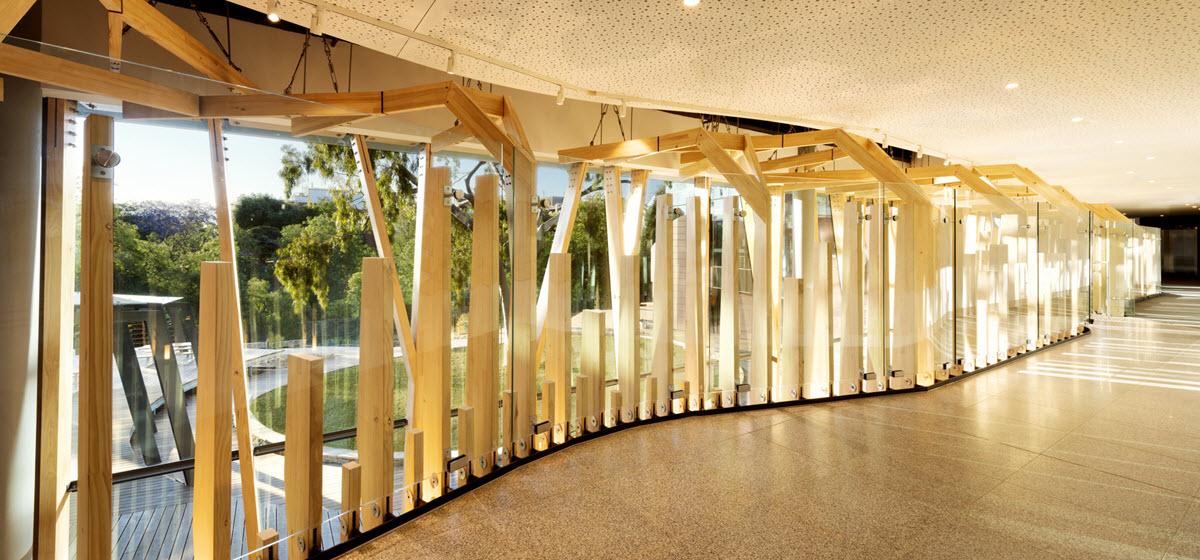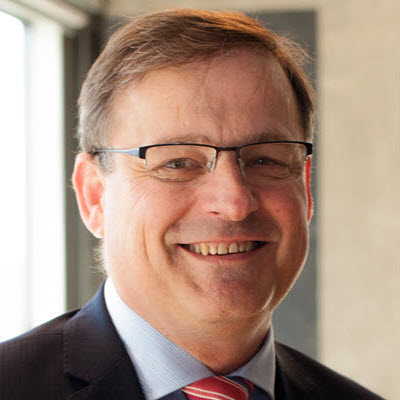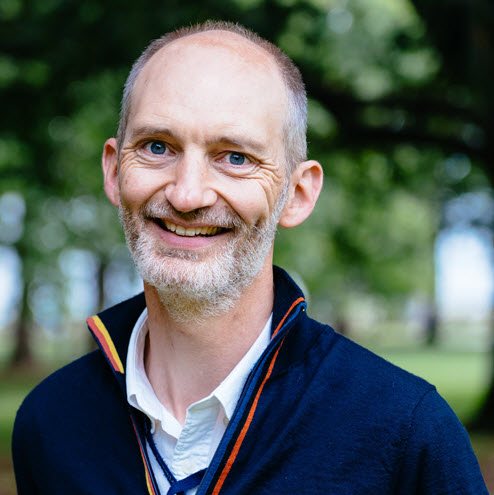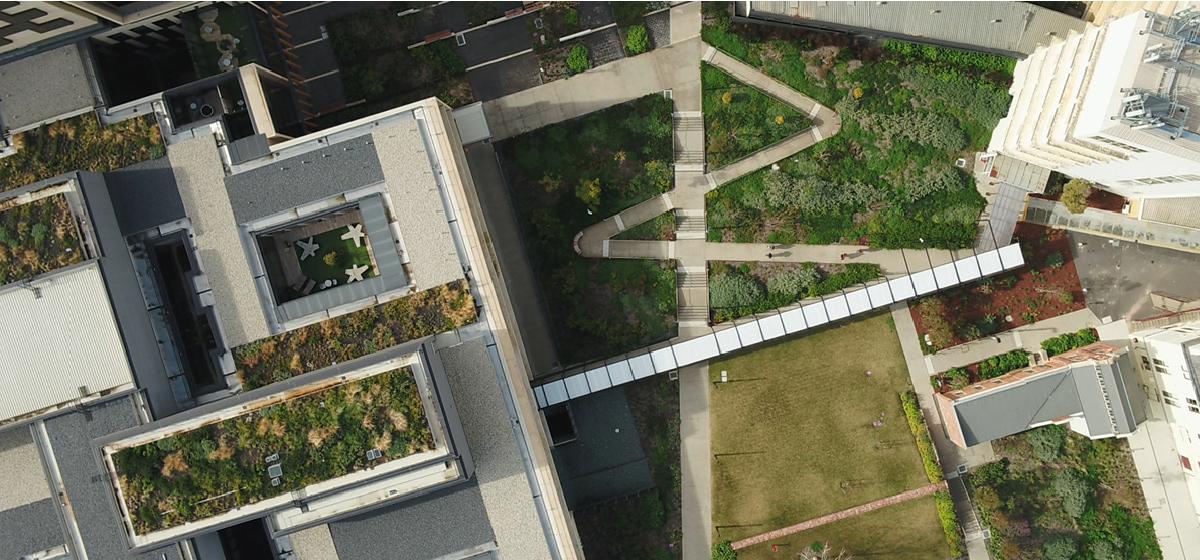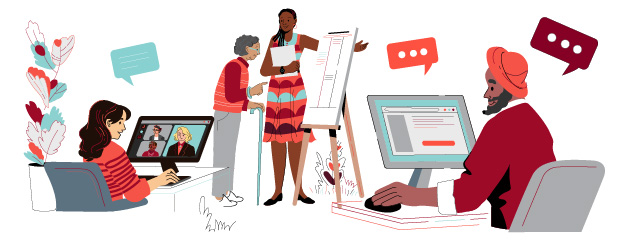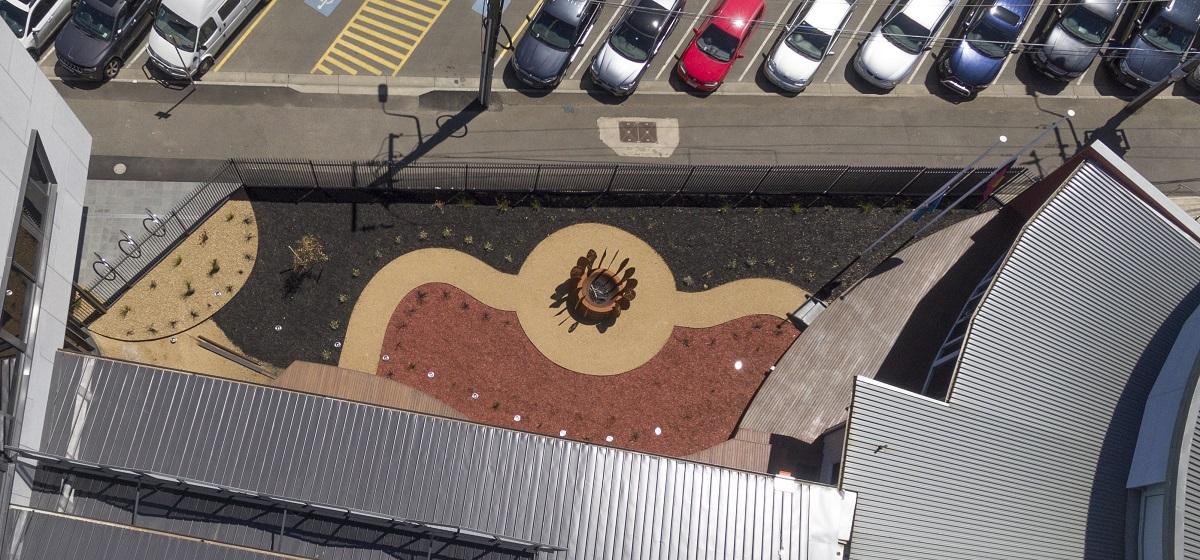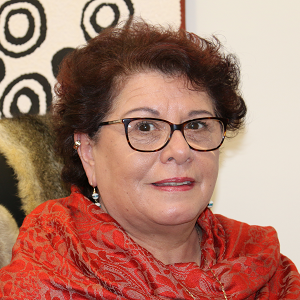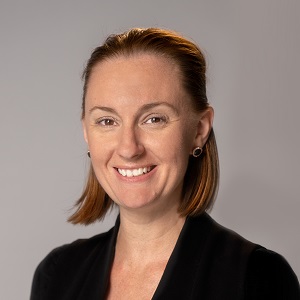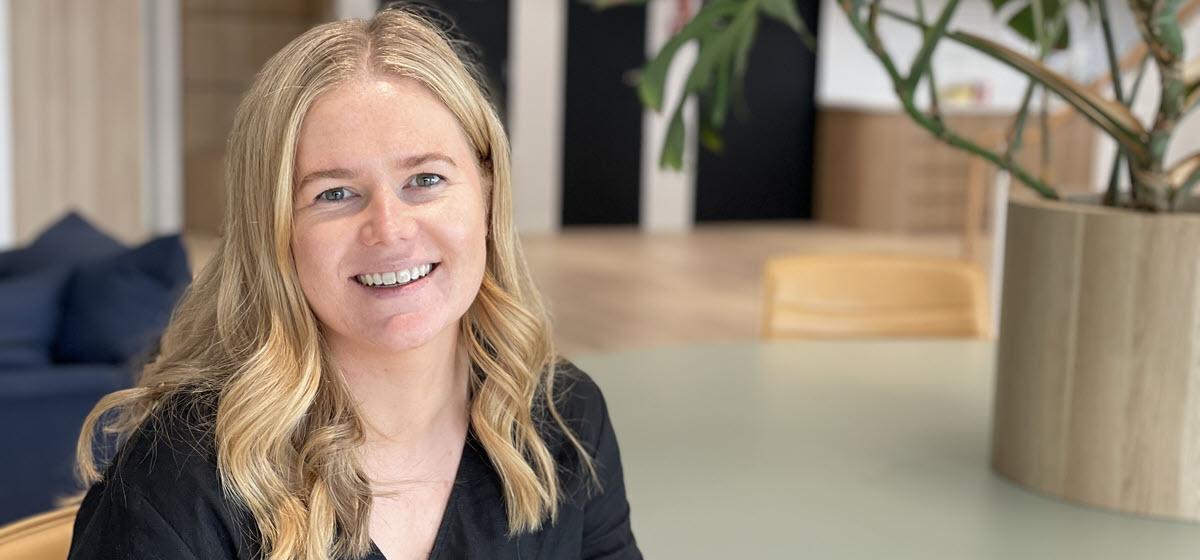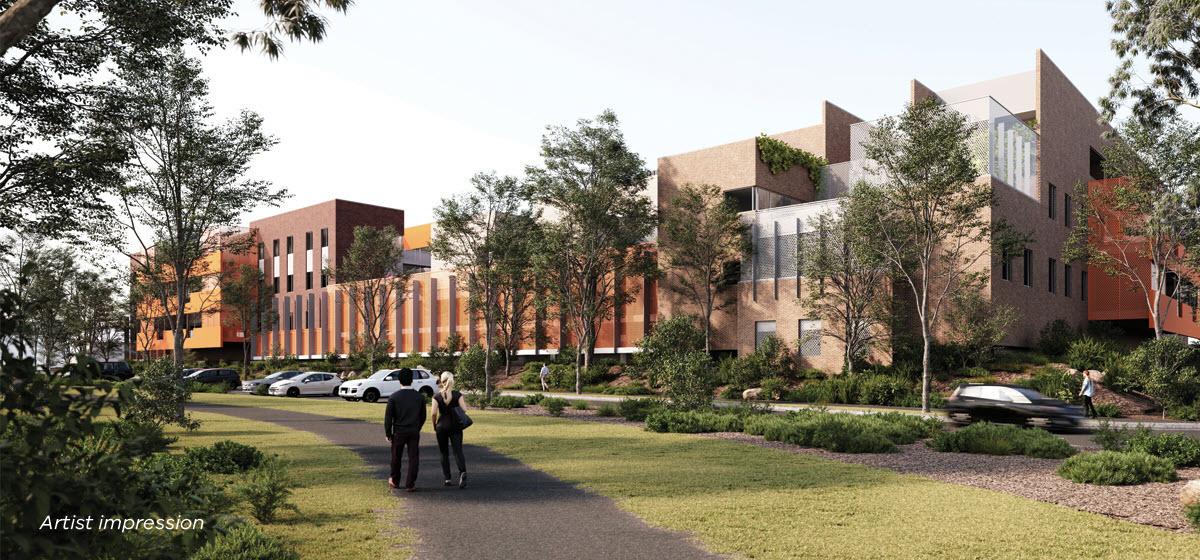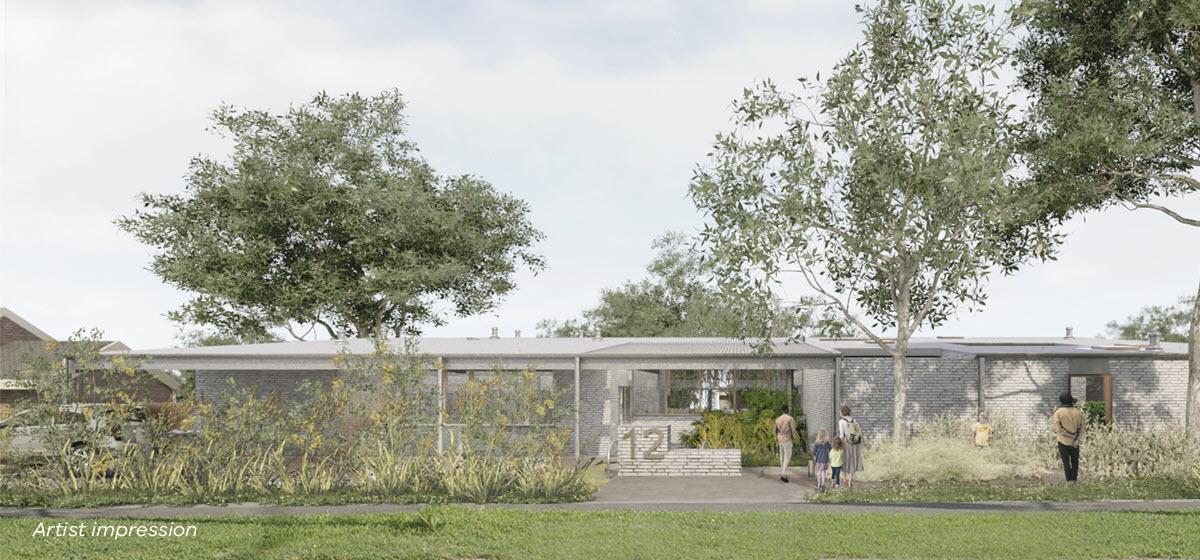Designing emergency departments to support autistic children
Autism-friendly design
Beginning with a universal design approach
Universal design is an approach that makes buildings, products or environments accessible to as many people as possible – regardless of age, disability, background or any other factors. In health infrastructure, universal design means creating spaces that are functional for everyone and that address physical, sensory and cognitive needs.
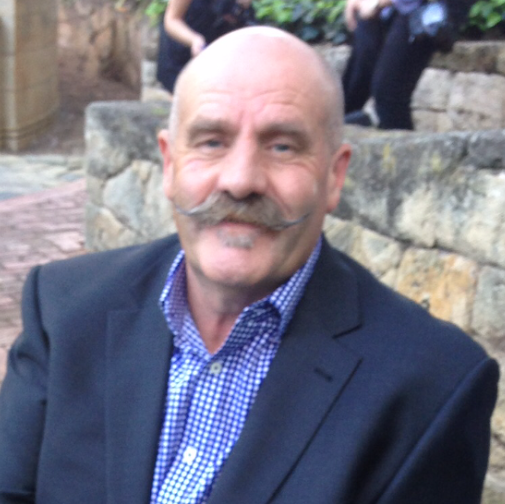
Michael Walker, Principal Advisor for Universal Design, Victorian Health Building Authority‘The hum of fluorescent lights may not be audible to most, but can be jarring for autistic people. We have to change the thinking of emergency departments. We can increase natural light and use softer colours in our designs to create calmer spaces.’
Our design guidelines explain how to accommodate people with autism within healthcare facilities. Solutions include installing clear wayfinding, and avoiding highly complex or stimulating patterns on surfaces. There are also design methods to reduce sensory triggers of lights, sounds, colours, and smells
Accommodating sensory issues
Lighting
Focus on natural light as much as possible and avoid use of fluorescent lighting. Use flexible or side lighting to create a relaxing ambience
Sounds
Be aware of the sources of noise such as fluorescent lights, air-conditioning, and hard floors
Colours
Choose calming, muted tones like aqua blues, pale yellows and greens, dusty pinks and earthy tans and beiges
Smells
Patient areas should have adequate ventilation to ensure removal of strong smells from medical solutions, cleaning products or foods
Surfaces
Avoid highly complex or stimulating patterns. Opt for natural surfaces – wood and wool over steel and plastic
Getting around
Signage should be clear, simple and intuitive. The use of curves can soften the look of hallways. Quiet rooms and spaces should be provided
How are these design features working in practice?
We spoke to Professor David Krieser, Director of Paediatric Emergency Medicine at Western Health, about the issues autistic children may face, and how he has seen design make a difference.
He says autistic children often find comfort in routines and surroundings that are familiar. They may not like highly stimulating environments. Emergency departments (ED) are generally not familiar to them, are rapidly changing and certainly not routine for anyone.
‘Trying to provide quieter spaces with capacity for images that are familiar to the child is useful. Auditory and visual separation from the action of the ED is important as this may mean autistic children can respond to the people they are most familiar with - for example parents, carers or case workers - without the confronting distraction of others. The use of doors rather than curtains may improve the auditory separation.'
Professor David Krieser, Director of Paediatric Emergency Medicine at Western Health‘In designing an emergency department, consideration of a dedicated low stimulation room with less medical equipment and more conventional furnishings could calm autistic children.’
‘Sensory equipment such as weighted blankets, toys and tactile sand can also be acquired. Of course, medical care and staff safety must be assured, but selected patients and the staff caring for them will be safer in such a space than in a conventional ED cubicle.’
Professor David Krieser says videos and soothing sounds can also be helpful.
‘Ceiling projectors linked to an iPad can provide visual and auditory distraction tailored to the child. Artworks can be used to trigger interaction. For example, wallpaper in the Sunshine Children’s emergency department has a variety of pictures contained within it. I have used this to ask children with autism questions, “Can you find the flower?” “Do you like flowers?” “How about the snails?” “Where are they?”’
One in every 100
Victorians is autistic
$102.4 million
investment in children's emergency departments
Five
dedicated children's emergency departments
83%
of autistic Australians are aged under 25
Understanding autism
The Victorian autism plan states that about one in every 100 Victorians report being autistic. However, many autistic people live without a diagnosis, and the true rate of occurrence may be higher. Autistic people have differences in their characteristics, needs and their experience of disability.
In 2017, the Australian Institute of Health and Welfare reported that autism is most commonly identified in children and young people. As such, people with autism were more likely to be younger, with 83 per cent aged under 25.
The ABS 2018 Survey of Disability, Ageing and Carers found:
- there were 205,200 Australians with autism, a 25.1 per cent increase from the 164,000 with the condition in 2015
- males were 3.5 times more likely than females to have the condition, with prevalence rates of 1.3 per cent and 0.4 percent respectively.
Our commitment to universal design
Our Universal Design Policy states that we are committed to:
- providing equitable access to health sector infrastructure for Victorian people of all abilities
- exceeding minimum standards to ensure universal design provisions be included and applied to planning schemes and delivery of health infrastructure
- developing the capabilities of our workforce through best practice guidance and leadership
- promoting a culture of inclusion by integrating universal design principles into compliance commitments and requirements
- delivering innovative solutions to anticipate the needs of all end-users through design and implementation of development initiatives.
Investment in children's emergency departments
The Victorian Government is investing $102.4 million to deliver specially designed children’s emergency areas at:
- Northern Hospital in Epping
- Frankston Hospital
- Casey Hospital in Berwick
- Maroondah Hospital
- University Hospital Geelong.
The new emergency departments will meet increasing demand for paediatric emergency care. This will translate to better, more personalised treatment for kids, their families and carers at a time they need it most.
Learn about our investment in making emergency departments safer, calmer places for kids.
Autistic children may process information taken in through the senses differently. This can make visiting an emergency department overwhelming.
Children on the autism spectrum can have strong reactions to what they see, hear, smell, touch or taste. They may have challenges interacting with others, and a preference for known routines.
Emergency departments can be overwhelming, often busy and conveying a sense of urgency that can be unsettling for anyone, but more so autistic children. With good design, we can minimise potential uncertainty, stress and anxiety.

